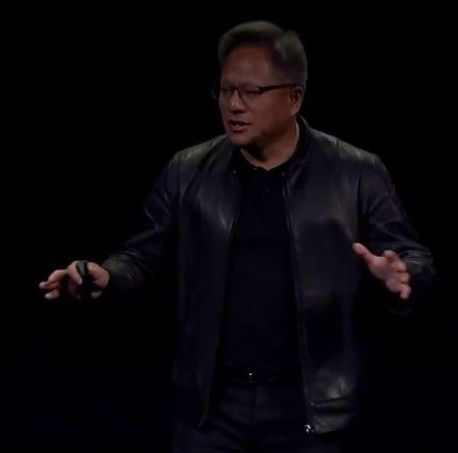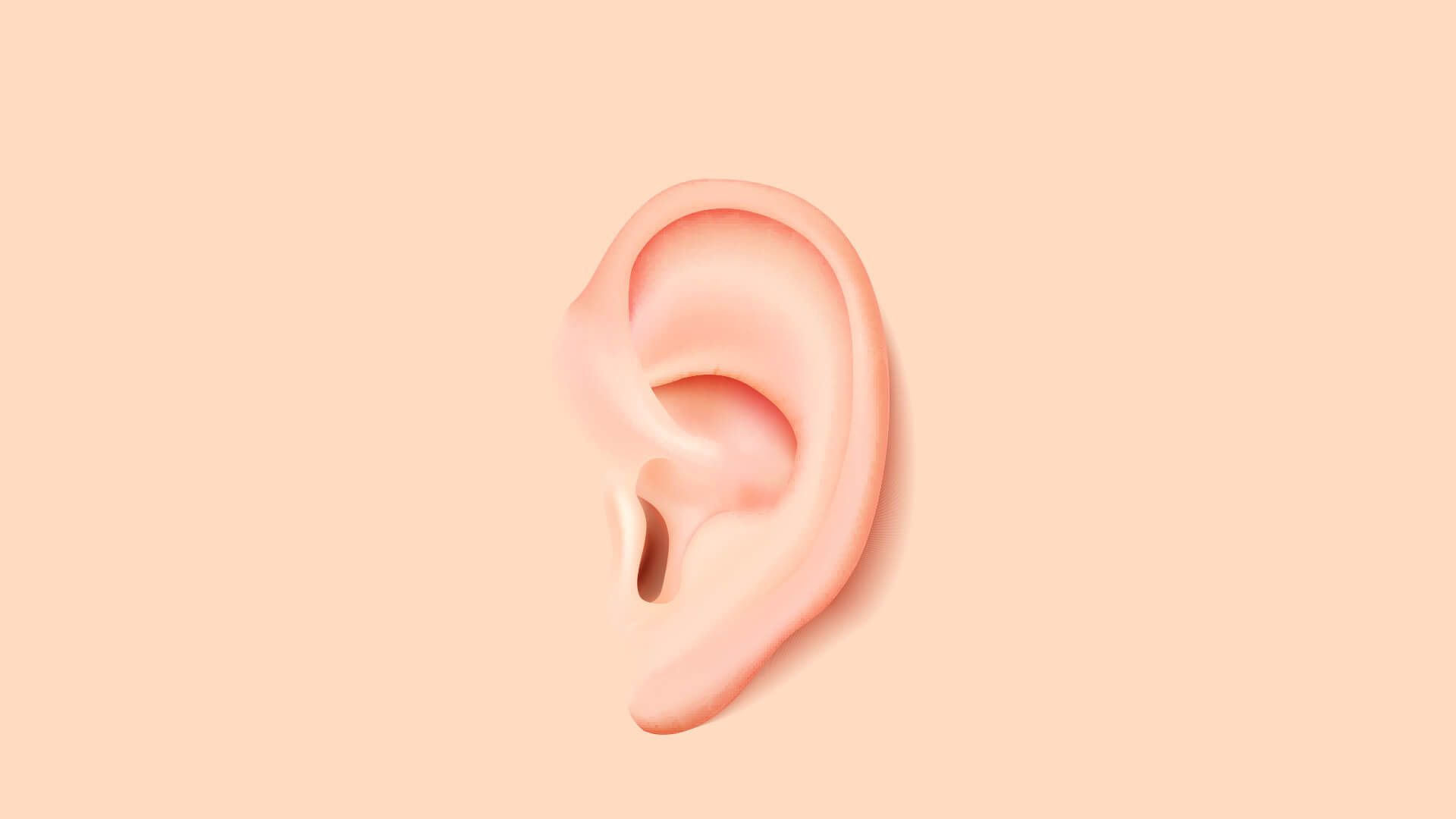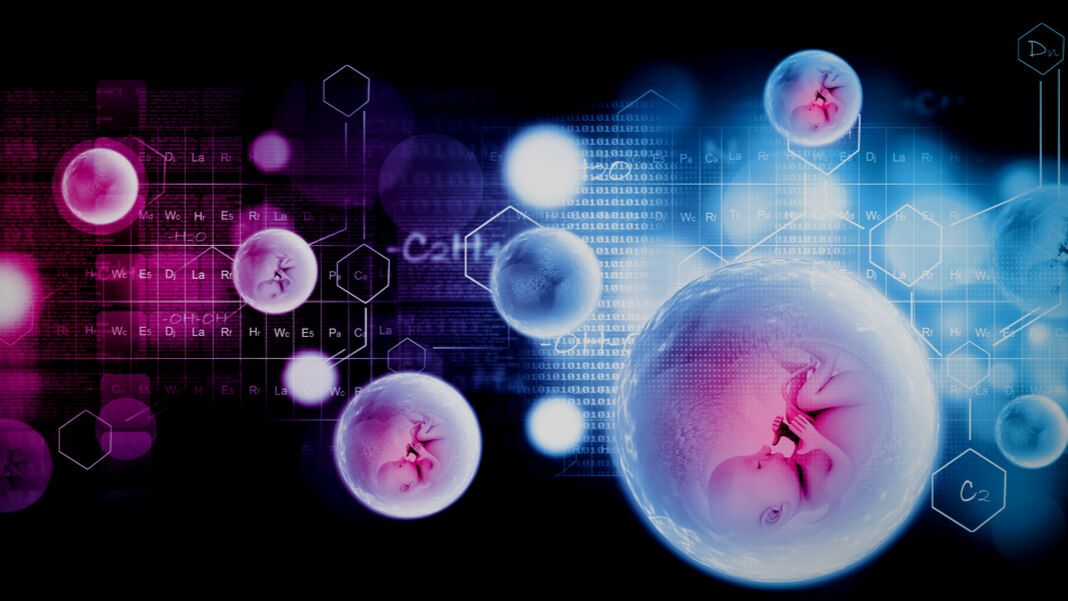Nov 14, 2018
Harnessing artificial intelligence for sustainability goals
Posted by Sidney Clouston in categories: business, economics, robotics/AI, sustainability
As ESA’s ɸ-week continues to provoke and inspire participants on new ways of using Earth observation for monitoring our world to benefit the citizens of today and of the future, it is clear that artificial intelligence is set to play an important role.
Taking place at ESA’s centre of Earth observation in Frascati, Italy, on 12–16 November, ɸ-week has drawn hundreds of people from numerous disciplines to explore innovation, new technologies and cross disciplinary cooperation – to see how satellite data coupled with new technologies such as artificial intelligence can bring benefits to science, business, the economy and society at large.
Continue reading “Harnessing artificial intelligence for sustainability goals” »


















